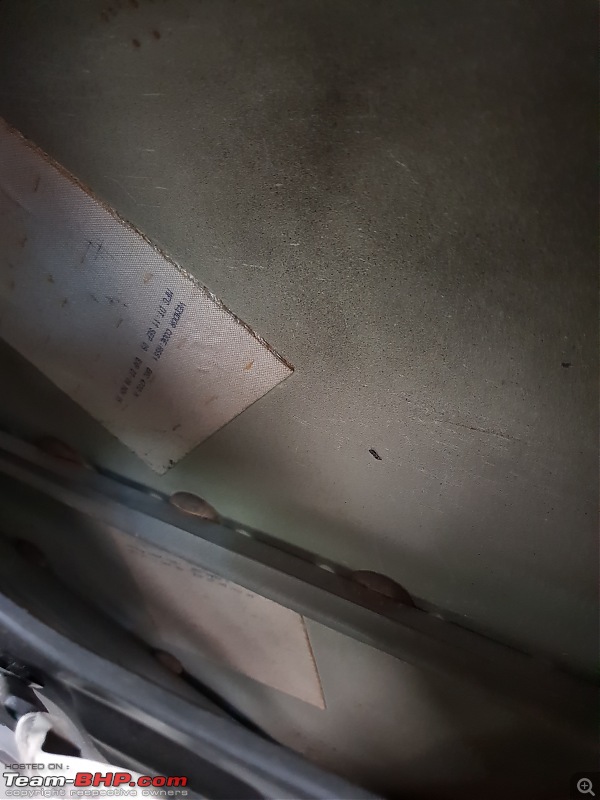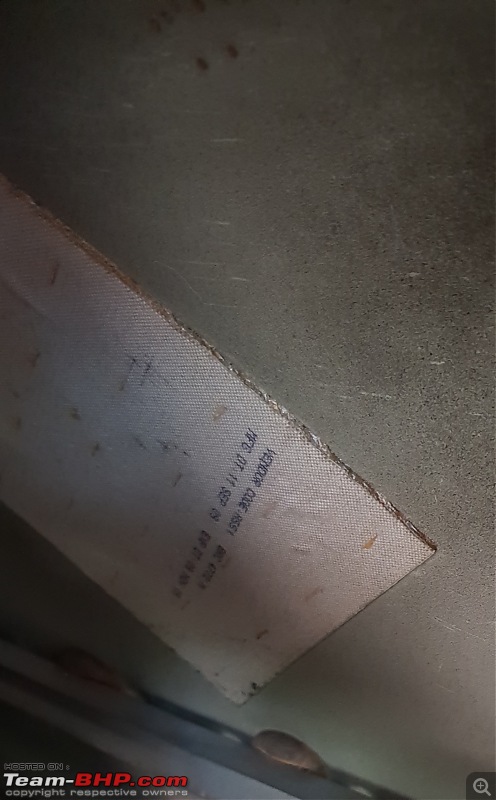| |||||||
 |
| Search this Thread |  7,117 views |
| | #1 |
| Distinguished - BHPian  | |
| |  (39)
Thanks (39)
Thanks
|
| |
| | #2 |
| Team-BHP Support  | |
| |  (9)
Thanks (9)
Thanks
|
| | #3 |
| Distinguished - BHPian  Join Date: Dec 2012 Location: Ranchi
Posts: 4,396
Thanked: 12,040 Times
| |
| |  (9)
Thanks (9)
Thanks
|
| | #4 |
| Distinguished - BHPian  | |
| |  (2)
Thanks (2)
Thanks
|
| | #5 |
| Distinguished - BHPian  | |
| |  (16)
Thanks (16)
Thanks
|
| | #6 |
| BHPian Join Date: Aug 2013 Location: Pune
Posts: 868
Thanked: 1,522 Times
| |
| |  (1)
Thanks (1)
Thanks
|
| | #7 |
| Distinguished - BHPian  | |
| |  (1)
Thanks (1)
Thanks
|
| | #8 |
| BHPian Join Date: Aug 2013 Location: Pune
Posts: 868
Thanked: 1,522 Times
| |
| |  (1)
Thanks (1)
Thanks
|
| | #9 |
| Distinguished - BHPian  Join Date: Oct 2008 Location: Pune
Posts: 3,231
Thanked: 5,742 Times
| |
| |  (4)
Thanks (4)
Thanks
|
| | #10 |
| BHPian Join Date: Aug 2013 Location: Pune
Posts: 868
Thanked: 1,522 Times
| |
| |  (4)
Thanks (4)
Thanks
|
| | #11 |
| BHPian Join Date: Sep 2015 Location: Gurgaon/Saigon
Posts: 755
Thanked: 2,451 Times
| |
| |  (1)
Thanks (1)
Thanks
|
| |
| | #12 |
| BHPian | |
| |
| | #13 |
| Team-BHP Support  | |
| |  (6)
Thanks (6)
Thanks
|
| | #14 |
| Senior - BHPian Join Date: May 2005 Location: Location
Posts: 5,766
Thanked: 9,054 Times
| |
| |  (1)
Thanks (1)
Thanks
|
| | #15 |
| Distinguished - BHPian  | |
| |  (5)
Thanks (5)
Thanks
|
 |
Most Viewed










 After I got my Civic's doors professionally damped, they became noticeably heavier and felt as sturdy as the ones on my C220. They wouldn't flex as easily either.
After I got my Civic's doors professionally damped, they became noticeably heavier and felt as sturdy as the ones on my C220. They wouldn't flex as easily either.

